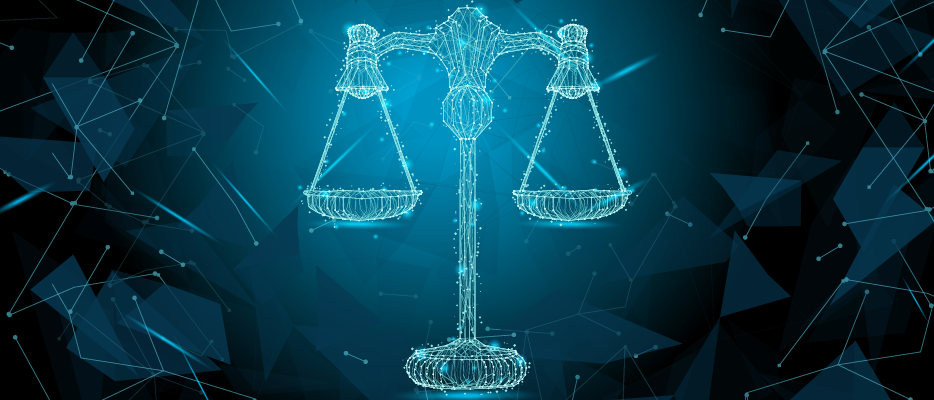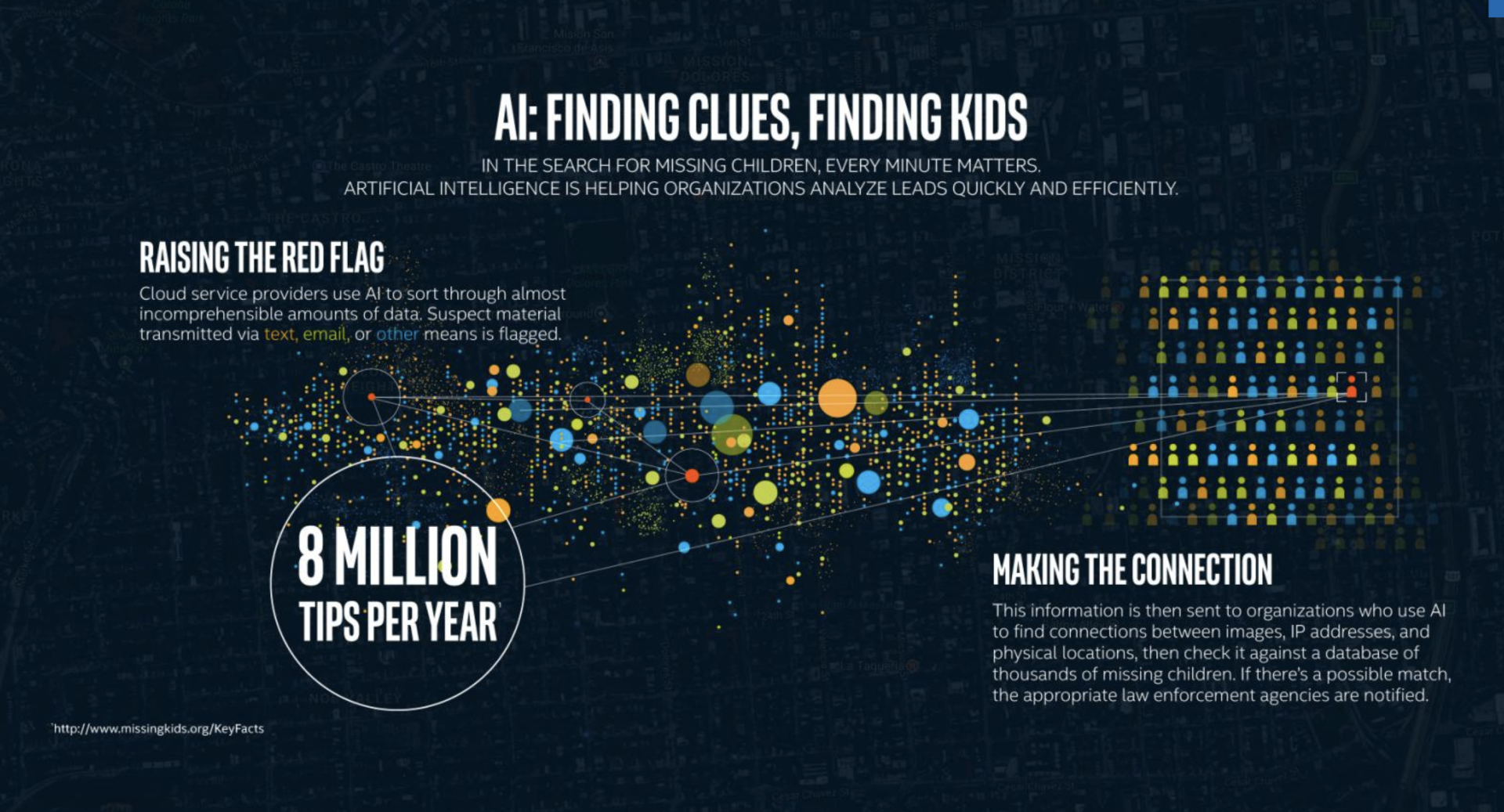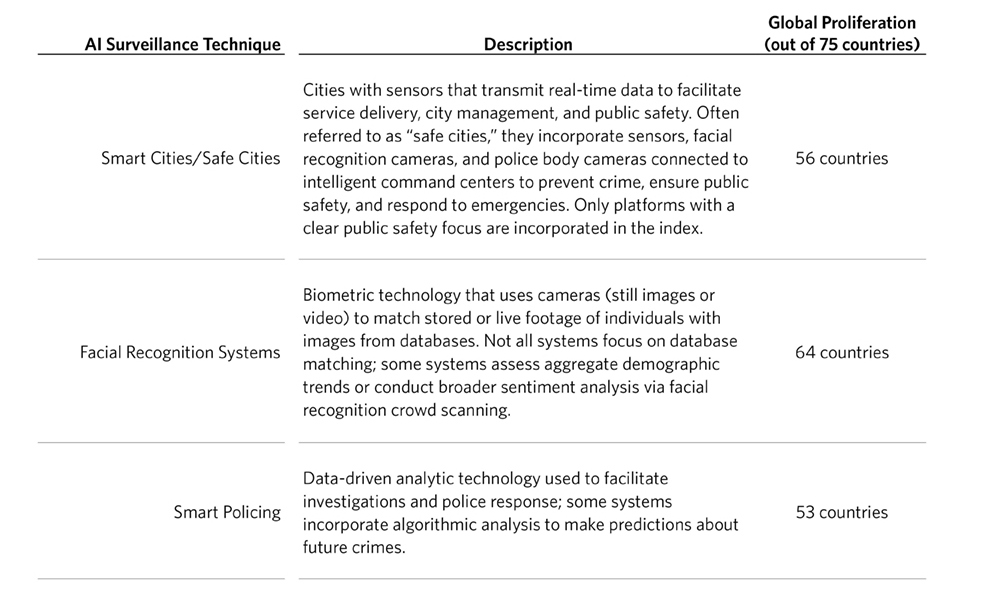Comments
- No comments found

In recent years, the use of machine learning in law enforcement has gained significant attention.
Machine learning, a subset of artificial intelligence, refers to the process of teaching computers to learn patterns and make predictions based on data.

Law enforcement agencies are using machine learning to analyze large amounts of data to make informed decisions, streamline processes, and improve public safety.
One of the key benefits of using machine learning in law enforcement is the ability to streamline processes. For example, machine learning algorithms can be used to analyze crime data to identify patterns and predict where crimes are most likely to occur. This information can be used by law enforcement agencies to deploy resources more effectively, reducing response times and increasing public safety.
In addition, machine learning can be used to automate manual processes, such as the analysis of surveillance footage. For instance, algorithms can be trained to recognize specific objects, such as a person carrying a weapon, and flag the footage for review by law enforcement. This saves time and resources compared to manual review of footage, allowing law enforcement to focus on more important tasks.
Machine learning also has the potential to improve decision-making in law enforcement. For example, machine learning algorithms can be used to analyze a suspect’s criminal history, social media activity, and other data sources to generate a risk assessment score. This score can be used by law enforcement officers to determine the level of threat posed by a suspect and make informed decisions about how to handle the situation.
Additionally, machine learning can be used to identify individuals who are at risk of committing crimes. For instance, algorithms can analyze data from various sources, such as social media and criminal records, to identify individuals who may be at risk of becoming involved in criminal activity. Law enforcement agencies can then intervene and provide support to prevent criminal behavior.
Finally, machine learning has the potential to enhance public safety by providing law enforcement with better tools and information. For example, machine learning algorithms can be used to analyze traffic patterns and identify potential traffic hazards. This information can be used by law enforcement to improve road safety and reduce the number of traffic accidents.
In addition, machine learning can be used to improve emergency response times. For instance, algorithms can analyze real-time data from a variety of sources, such as GPS data from police vehicles and emergency services, to determine the quickest route to an emergency. This can help emergency services to reach the scene of an emergency more quickly and provide life-saving assistance.

The use of machine learning in law enforcement has the potential to greatly improve public safety and streamline processes. By using machine learning algorithms to analyze large amounts of data, law enforcement agencies can make informed decisions, identify patterns and risks, and respond more effectively to emergencies. While there are concerns about the ethical implications of using machine learning in law enforcement, the benefits of this technology cannot be ignored. As machine learning continues to evolve and become more sophisticated, it is likely that its use in law enforcement will become increasingly widespread.
Leave your comments
Post comment as a guest